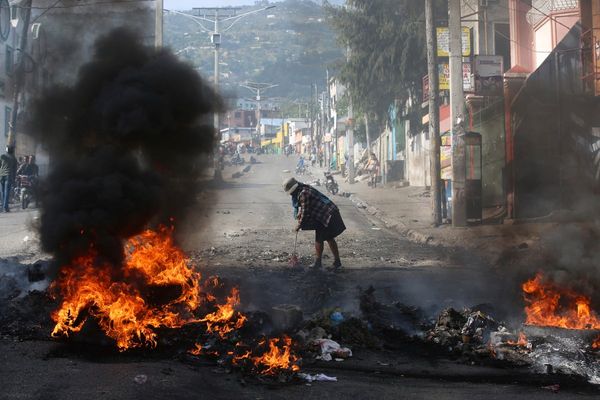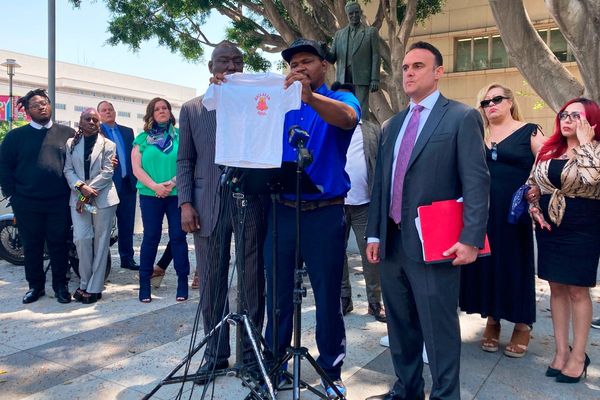Four more people have been rescued from the rubble in Myanmar three days after a powerful earthquake devastated parts of the country, as fears grew that the true death toll could climb above 10,000.
In Mandalay, a Chinese search and rescue team pulled a woman alive from the rubble of the Great Wall Hotel in the early hours of Monday, nearly 60 hours after the earthquake struck.
The woman had been trapped under heavy debris, and rescuers worked for hours to free her. A video shared by local media showed onlookers applauding as she was lowered down from a mountain of rubble in the bucket of a large excavator, before being carried away on a stretcher.
She was reported to be in stable condition, according to the Chinese embassy, which confirmed the rescue in a statement. China is among several countries, including India, Thailand and Russia, that have sent rescue teams and aid to assist in the ongoing search for survivors.
Another video showed a child being pulled out to safety after 60 hours.
Survivors were also pulled out from a collapsed school in the northern Sagaing region, according to Myanmar’s fire department, which recovered one body from the site.
In another rescue attempt on Sunday, a pregnant woman was pulled from the rubble of a collapsed 12-storey apartment complex in Mandalay after being trapped for more than two days. Rescuers were forced to amputate one of her legs to extricate her, according to The Guardian. However, she was pronounced dead shortly after being freed.
After a night of efforts, the Chinese rescue team has saved 4 survivors in Mandalay, Myanmar. Rescue efforts continue at full speed❤️#MyanmarEarthquake pic.twitter.com/SsSSVKpusq
— Chinese Embassy in US (@ChineseEmbinUS) March 31, 2025
Across central Myanmar, rescue teams and volunteers were scrambling to save lives, hampered by a lack of equipment, with some rescuers using their bare hands to search for the missing.
The official death toll in Myanmar rose to more than 2,000 on Monday, according to the military junta. Hundreds remain missing, and many communities are yet to be reached due to blocked roads, damaged bridges and the country’s ongoing civil conflict.

On Saturday night, an elderly woman was rescued in Myanmar's capital, Naypyidaw, after being trapped for 36 hours under the rubble of a hospital.
A 27-year-old who was trapped beneath the rubble of the eight-storey hotel where she worked, said she relied on the light from her mobile phone for hours to maintain a sense of orientation.
“My phone was in my hand and I focused on the light from it, and that helped to ease my fear,” Mut Naung told The Times.
The US Geological Survey (USGS) has estimated that the final death toll could exceed 10,000, based on predictive modelling that accounts for the country’s infrastructure, building types and access to rescue services.

In Bangkok, the death toll from the collapse of an under-construction skyscraper rose to 12 on Sunday, with the total death toll at 19. At least 76 workers are still believed to be buried under the debris as authorities say the. Thai authorities said signs of life were detected at the site over the weekend, but the chances of survival were narrowing with each passing hour.
In Bangkok, deputy governor Tavida Kamolvej said rescuers were racing to reach an area beneath a collapsed high-rise where signs of life had been detected, three days after the quake. “Realistic chances of survival diminish after 72 hours,” she told reporters. “We have to speed up. We’re not going to stop even after 72 hours.”
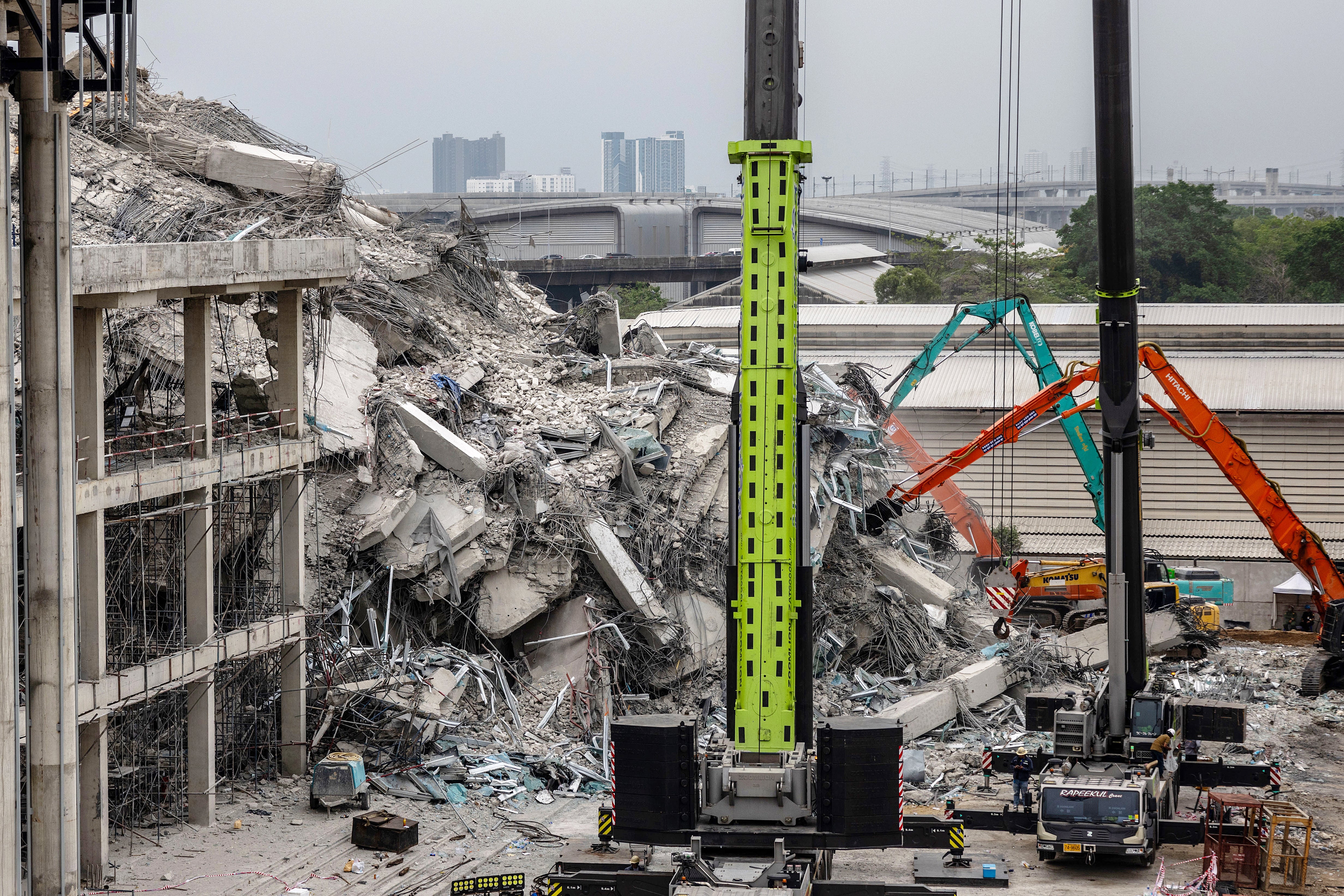
Friday’s 7.7-magnitude quake, which struck near Mandalay just 10km below the surface, was the most powerful to hit Myanmar in more than a century.
More than 23,000 people have been affected across central Myanmar, according to the United Nations, which has rushed relief supplies to the region. Humanitarian groups have warned that many quake-hit areas remain inaccessible, particularly those in conflict zones where military airstrikes continue despite international appeals for a ceasefire.
The UN’s refugee agency said its teams in Mandalay were working “despite going through the trauma themselves”.
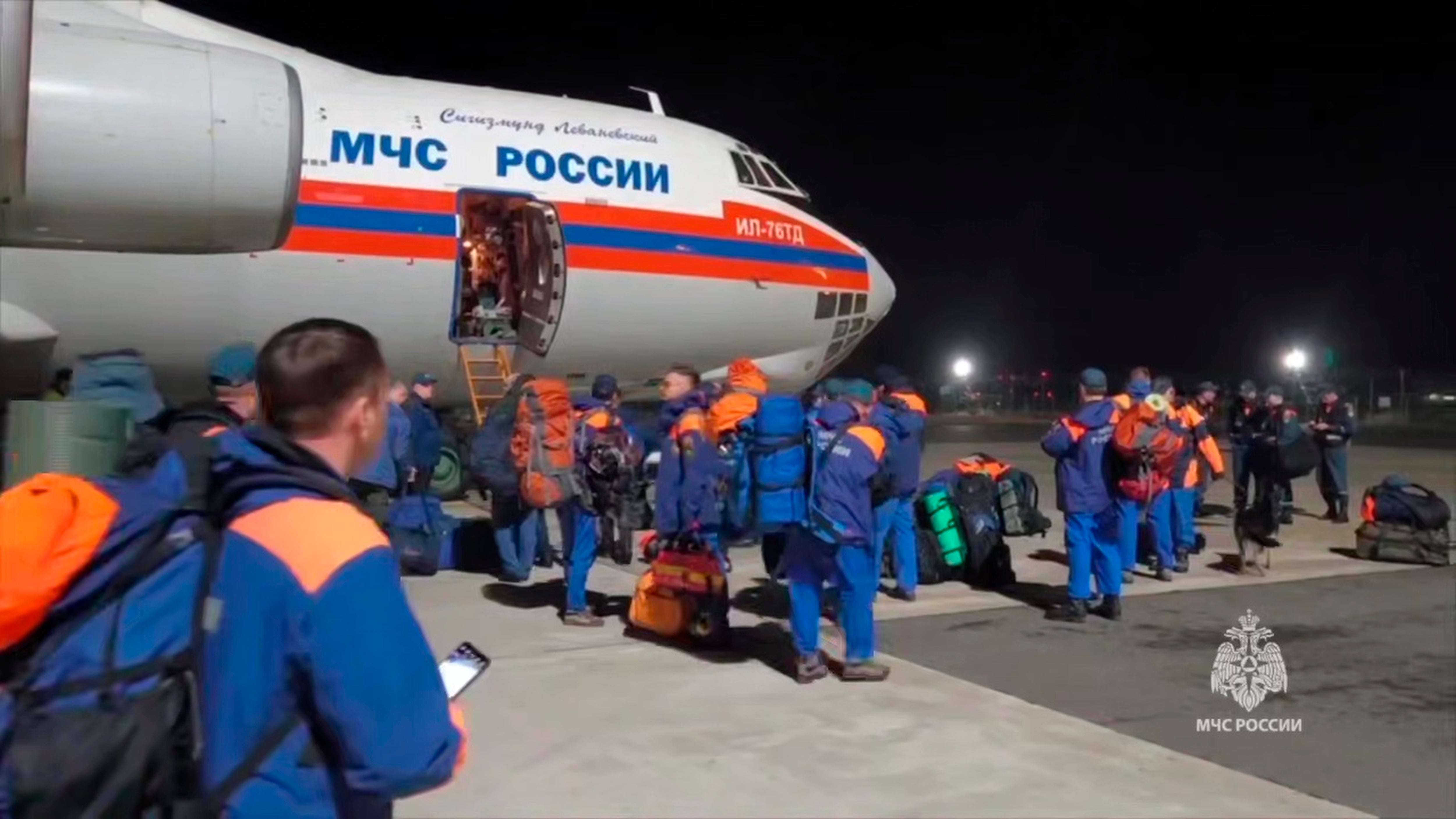
Meanwhile, aid has begun to arrive from China, India, Russia, Malaysia, Thailand, Singapore and other countries. The US has pledged $2m in support and deployed an emergency response team from USAID.
Health facilities have been severely damaged and are facing shortages of trauma kits, blood bags and essential medicines, according to the UN’s humanitarian agency. Many rescues in the early hours relied on local residents digging through rubble by hand before international teams arrived.
Myanmar has been engulfed in a civil war since the military seized power in 2021, displacing over 3.5 million people and deepening an ongoing humanitarian crisis.
The National Unity Government, representing the ousted civilian administration, has announced a two-week pause in offensive military operations in areas affected by the earthquake.
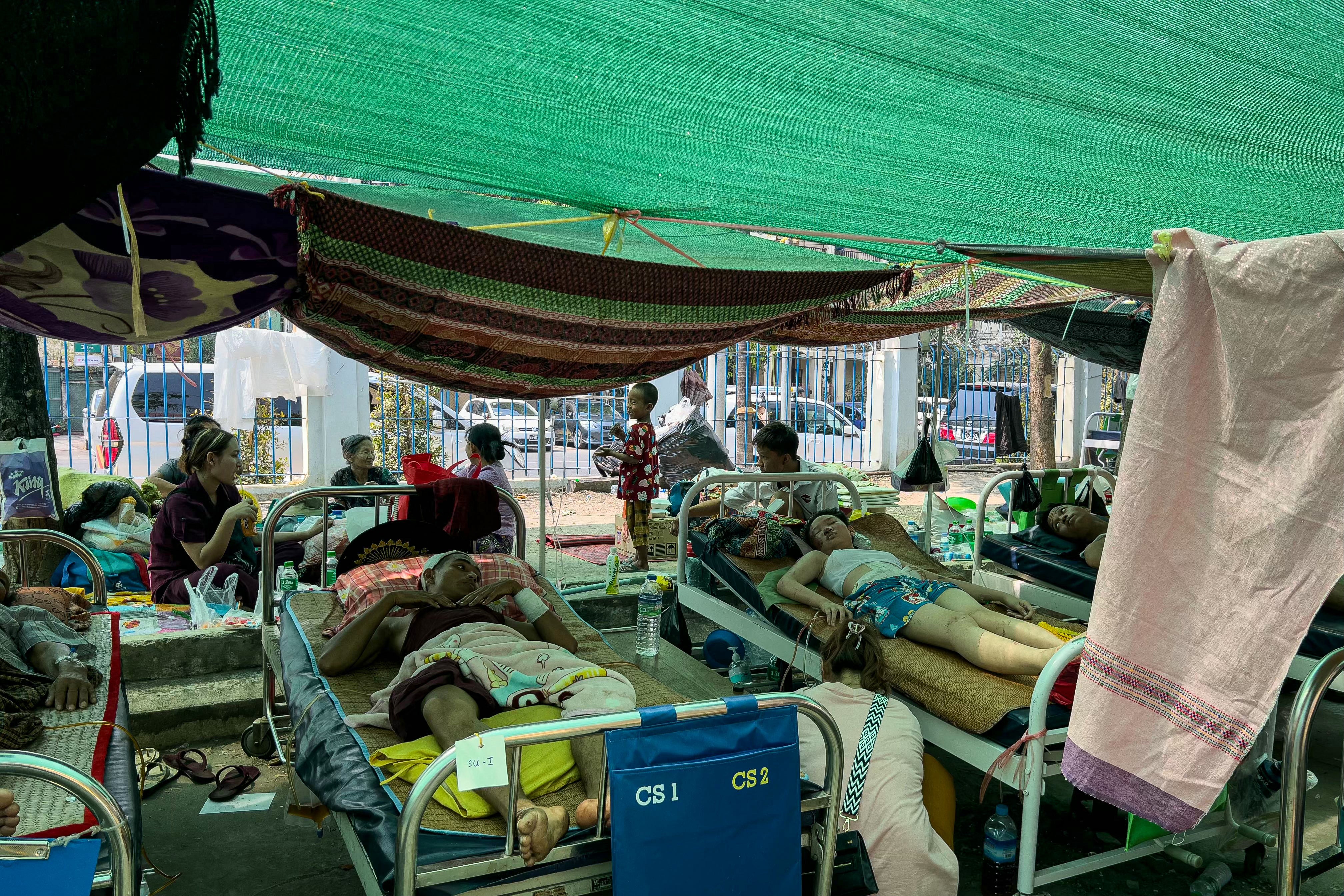
But a rebel group said the military was still conducting airstrikes on villages in the aftermath of the quake, actions that were condemned by the UN’s special rapporteur for Myanmar, Tom Andrews, as “outrageous and unacceptable”.
Singapore's foreign minister called for an immediate ceasefire to help relief efforts.
Critical infrastructure like bridges, highways, airports and railways lie damaged across the country of 55 million, slowing humanitarian efforts. Satellite imagery showed the air traffic control tower at the capital’s Naypyidaw International Airport had completely collapsed.
With the monsoon season approaching in April, aid groups have warned that many displaced communities face heightened risks of flooding and disease in the weeks to come.
